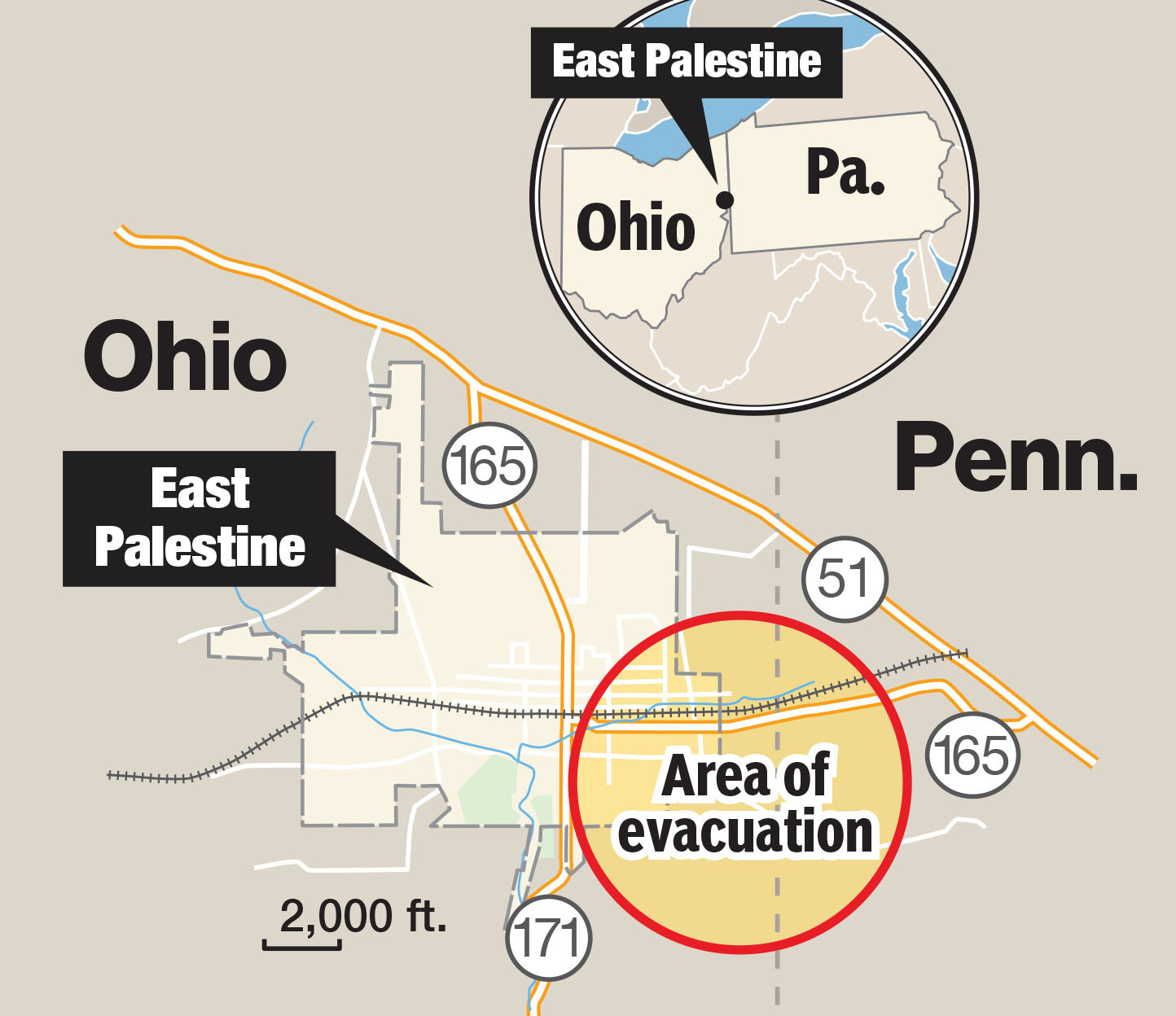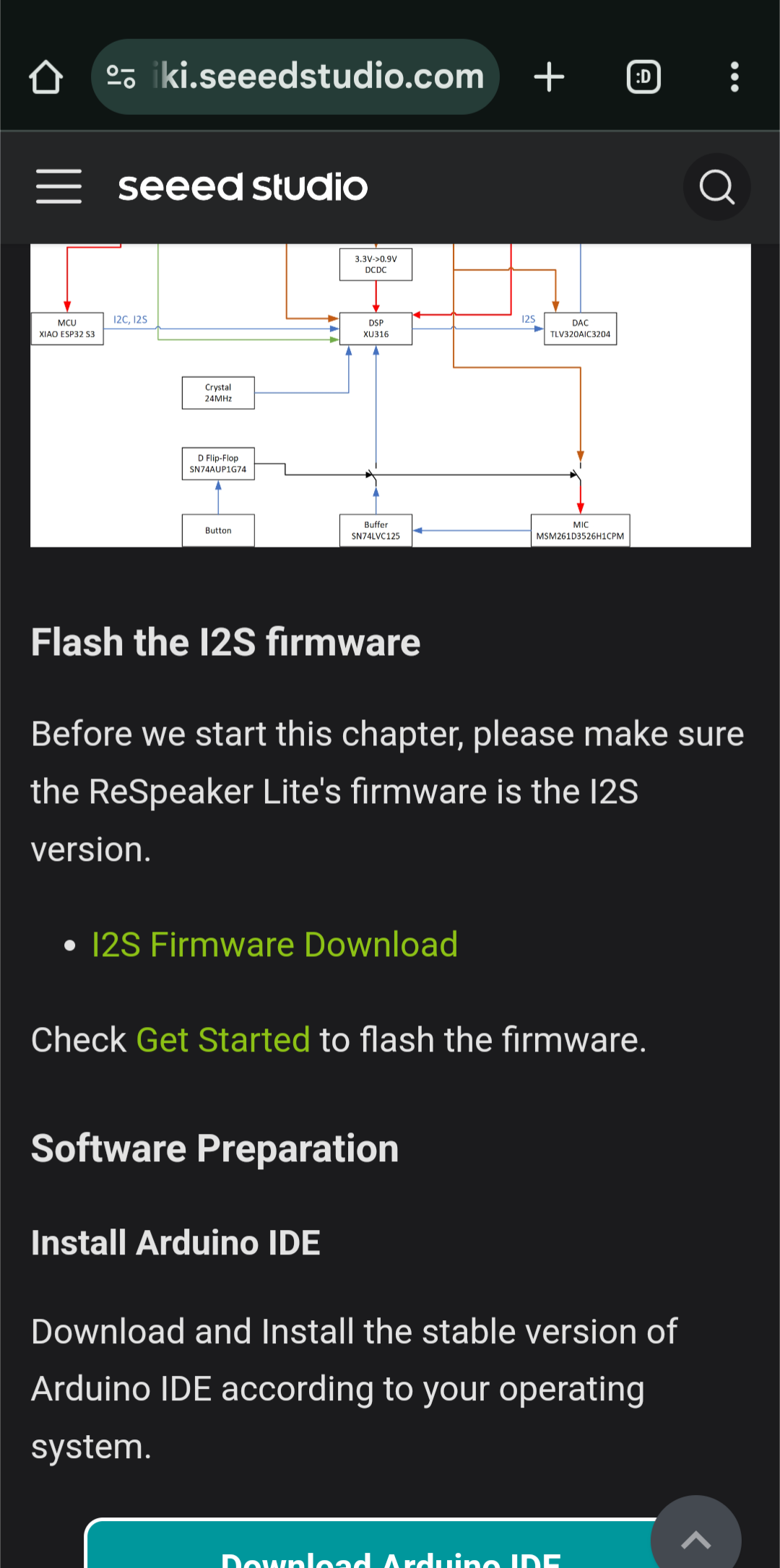Analysis: The End Of Rent Freeze And Its Effect On Tenants

Table of Contents
Increased Rent Costs and Tenant Displacement
The immediate impact of the lifted rent freeze is the potential for significant rent increases. This section explores the expected rise in rental costs and the risk of tenant displacement as a result.
The Immediate Impact of Rising Rents
The end of a rent freeze often translates to immediate and substantial rent increases. The percentage increase varies greatly depending on location, market conditions, and the specific terms of the previous rent control measures. We can expect to see a wide range of impacts across different income brackets.
- Examples of Average Rent Increases: In major cities like New York, we might see average increases of 10-15% in the first year alone, while smaller cities might experience increases closer to 5-10%. These increases often outpace inflation, making housing increasingly unaffordable.
- Rent Increases Exceeding Inflation: The removal of a rent freeze can lead to rent increases that far exceed the rate of inflation, creating a significant affordability challenge for tenants, especially those with lower incomes.
- Tenant Income Levels and Affordability: Statistics show that a significant portion of renters are already cost-burdened, spending more than 30% of their income on rent. Increased rents will push many further into housing insecurity, impacting their ability to meet basic needs.
Risk of Tenant Displacement
The sharp rise in rent costs following a rent freeze significantly increases the risk of tenant displacement. Many tenants may find themselves unable to afford the increased rent, leading to evictions and potential homelessness.
- Vulnerability of Low-Income Tenants and Families: Low-income tenants, families with children, and seniors are particularly vulnerable to displacement. They often lack the financial resources to absorb substantial rent increases.
- Potential for Homelessness: The inability to pay increased rent can lead to eviction, forcing tenants onto the streets or into overcrowded and substandard housing.
- Potential Legal Challenges: While some jurisdictions have tenant protection laws, navigating the legal complexities of an eviction can be daunting for tenants, particularly those without legal representation.
Impact on Housing Market Stability
The end of a rent freeze significantly alters the dynamics of the housing market, impacting landlord behavior and the long-term availability of rental units.
Changes in Landlord Behavior
The lifting of a rent freeze empowers landlords to adjust rental rates based on market demands. This can lead to various changes in their behavior and investment strategies.
- Increases in Property Values: The ability to increase rents boosts the value of rental properties, encouraging landlords to hold onto their assets and potentially make improvements.
- Increased Investment in Rental Properties: The expectation of higher rental income might stimulate investment in renovations and upgrades to existing properties.
- Impact on the Supply of Rental Units: While some landlords might invest in improvements, others might choose to sell their properties, potentially reducing the overall supply of rental units available.
Long-Term Effects on Rental Supply
The long-term consequences of ending a rent freeze extend beyond immediate rent increases. It can significantly impact the supply of rental housing.
- Conversions to Owner-Occupied Housing: Landlords might convert rental units into owner-occupied housing, further reducing the availability of affordable rental units.
- New Construction Slowdown: If construction costs remain high and rental income growth is constrained by regulations, the incentive to build new rental housing may decrease.
- Impact on Urban Development: Reduced rental housing supply can negatively affect urban development, limiting housing options and potentially exacerbating affordability issues in already densely populated areas.
Government Response and Mitigation Strategies
Addressing the challenges created by the end of a rent freeze requires a multifaceted approach involving government intervention and tenant advocacy.
Government Initiatives and Support
Governments play a crucial role in mitigating the negative impacts of rising rents on tenants. This can include implementing various support programs and initiatives.
- Rental Assistance Programs: Expanding existing rental assistance programs, such as housing vouchers, can provide crucial support to low-income tenants facing substantial rent increases.
- Effectiveness of Existing Programs: Careful analysis of existing programs is crucial to understand their effectiveness and identify areas for improvement. Are they reaching the most vulnerable populations? Are the levels of assistance sufficient?
- Gaps in Support: Identifying gaps in current support systems is essential for developing effective new policies and interventions.
Advocacy and Tenant Rights
Tenant advocacy groups and legal resources are vital in protecting tenant rights and ensuring fair treatment in the rental market.
- Legal Aid and Tenant Education: Organizations providing legal aid and tenant education play a critical role in empowering tenants to understand their rights and navigate the complexities of the rental system.
- Tenant Organizing and Collective Bargaining: Tenant organizing and collective bargaining can create a powerful voice for tenants, enabling them to negotiate better terms with landlords and advocate for stronger tenant protections.
- Potential Legislative Solutions: Advocating for stronger rent control measures, eviction protections, and just cause eviction laws is crucial for protecting tenants' rights and improving housing stability.
Conclusion
The end of the rent freeze presents significant challenges for tenants, potentially leading to increased rent burdens, displacement, and instability in the rental market. Understanding the potential impacts—from immediate rent hikes to long-term shifts in housing supply—is crucial. Governments and tenant advocacy groups must work together to implement effective mitigation strategies, such as expanding rental assistance programs and strengthening tenant protections. Further analysis of the unfolding situation and ongoing monitoring of the effects of the lifted rent freeze are vital. We need a proactive approach to ensure affordable and stable housing for all, and continued attention to the impacts of the absence of a rent freeze is essential. We must actively work towards solutions that ensure fair and accessible housing for everyone affected by this significant policy change. Let's advocate for policies that prevent future rent freeze liftings from having such detrimental effects.

Featured Posts
-
 Eur Usd Outlook Lagardes Push For Euros Higher Profile
May 28, 2025
Eur Usd Outlook Lagardes Push For Euros Higher Profile
May 28, 2025 -
 Secure Personal Loans For Bad Credit Direct Lender Options And Up To 5000
May 28, 2025
Secure Personal Loans For Bad Credit Direct Lender Options And Up To 5000
May 28, 2025 -
 Yankees Defeat Angels One Inning Costs Kochanowicz The Game
May 28, 2025
Yankees Defeat Angels One Inning Costs Kochanowicz The Game
May 28, 2025 -
 Blue Origins New Shepard Launch Scrubbed Due To Technical Issue
May 28, 2025
Blue Origins New Shepard Launch Scrubbed Due To Technical Issue
May 28, 2025 -
 Hailee Steinfelds Life Revealed A 20 Question Interview
May 28, 2025
Hailee Steinfelds Life Revealed A 20 Question Interview
May 28, 2025
Latest Posts
-
 Toxic Chemicals From Ohio Train Derailment Building Contamination And Lasting Effects
May 29, 2025
Toxic Chemicals From Ohio Train Derailment Building Contamination And Lasting Effects
May 29, 2025 -
 Three Year Data Breach Results In 16 Million Fine For T Mobile
May 29, 2025
Three Year Data Breach Results In 16 Million Fine For T Mobile
May 29, 2025 -
 Data Breach Costs T Mobile 16 Million A Three Year Timeline Of Security Lapses
May 29, 2025
Data Breach Costs T Mobile 16 Million A Three Year Timeline Of Security Lapses
May 29, 2025 -
 Voice Assistant Development Open Ais 2024 Breakthroughs
May 29, 2025
Voice Assistant Development Open Ais 2024 Breakthroughs
May 29, 2025 -
 Building Voice Assistants Made Easy Open Ais 2024 Developer Tools Unveiled
May 29, 2025
Building Voice Assistants Made Easy Open Ais 2024 Developer Tools Unveiled
May 29, 2025
